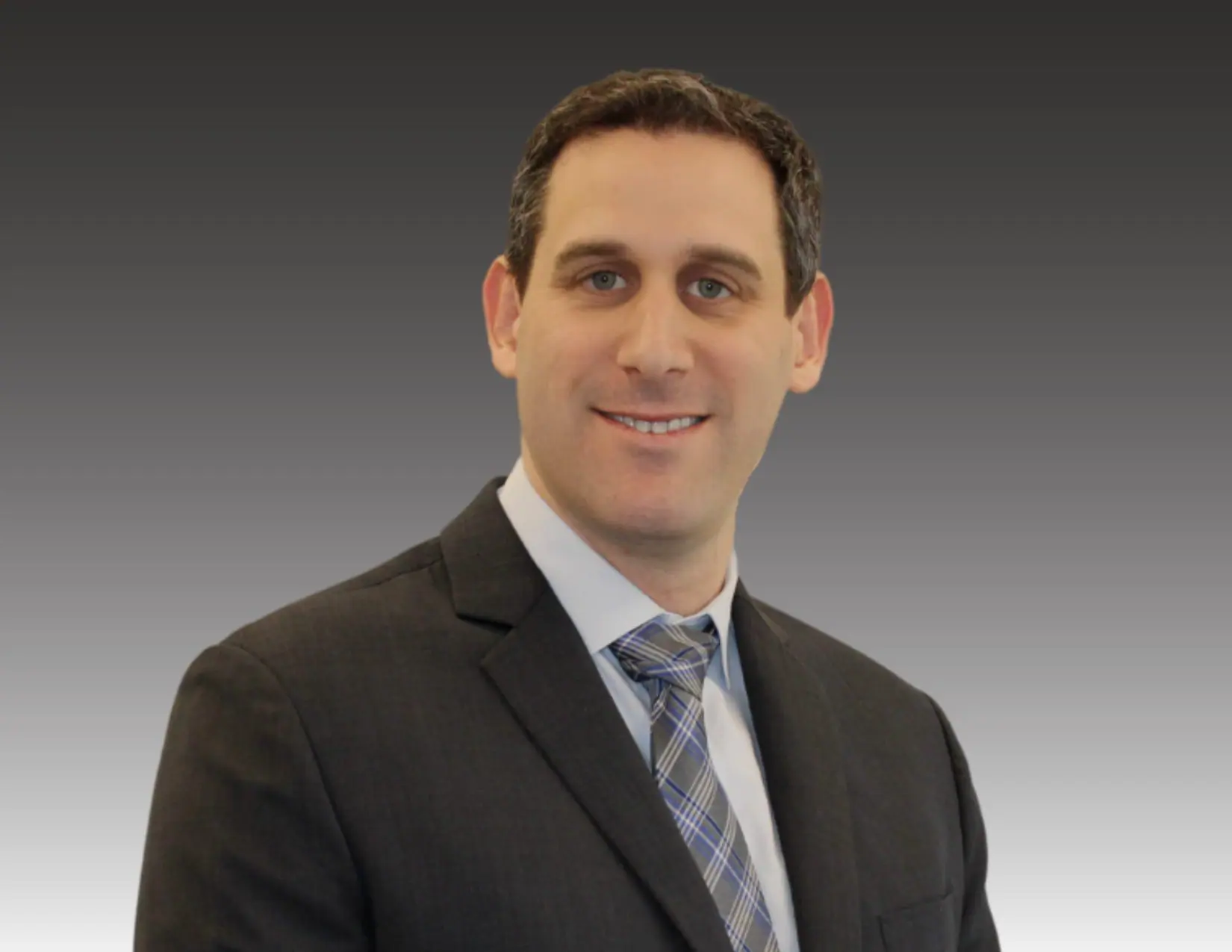
Dr. Marc Gruner, a fellowship-trained sports medicine physiatrist discusses orthobiologics and specifically Platelet-Rich Plasma (PRP) for arthritis and soft tissue injuries.
PRP is a cutting-edge regenerative treatment that harnesses your body’s own healing potential. Platelets, a natural component of your blood, are packed with growth factors that play a crucial role in tissue repair and pain relief. PRP therapy involves concentrating these platelets and injecting them directly into injured areas like joints, tendons, muscles, or ligaments.
How PRP Works
When you sustain an injury, your body sends platelets to the site to begin the healing process. PRP therapy amplifies this natural response. By delivering a concentrated dose of platelets, PRP provides these key benefits:
- Accelerates tissue repair and regeneration: Growth factors stimulate cell growth and the formation of new, healthy tissue.
- Reduces pain and inflammation: PRP has anti-inflammatory properties and promotes long-term pain relief.
- Promotes faster healing: PRP can shorten your recovery time compared to traditional treatments.
What the Research Shows
A substantial body of scientific evidence supports the effectiveness of PRP therapy. Promising results include:
- Reduced pain and improved function in knee arthritis: Endorsed by leading organizations like the American Academy of Orthopedic Surgeons (AAOS) and the NBA.
- Improved outcomes in various tendon conditions: Effective for conditions like tennis elbow, rotator cuff injuries, Achilles tendonitis, and more.
The PRP Procedure
- Preparation: You’ll be asked to discontinue blood thinners and anti-inflammatory medications as directed by your doctor.
- Blood Draw and Processing: A small amount of your blood is drawn and placed in a centrifuge to isolate the platelet-rich plasma.
- Injection: Using ultrasound guidance for precision, the PRP is injected directly into the injured area. Local anesthetic minimizes discomfort.
Recovery:
- It’s normal to experience some temporary soreness at the injection site for a few days. This is part of the healing process.
- To optimize results, avoid anti-inflammatory medications for four weeks and ice for one week after the procedure.
- Your doctor may recommend physical therapy or specific exercises to aid in your recovery.
Watch this video to learn of Dr. Gruner explaining the evidence to physicians at a conference.
Visit this website to learn more: drmarcgruner.com
